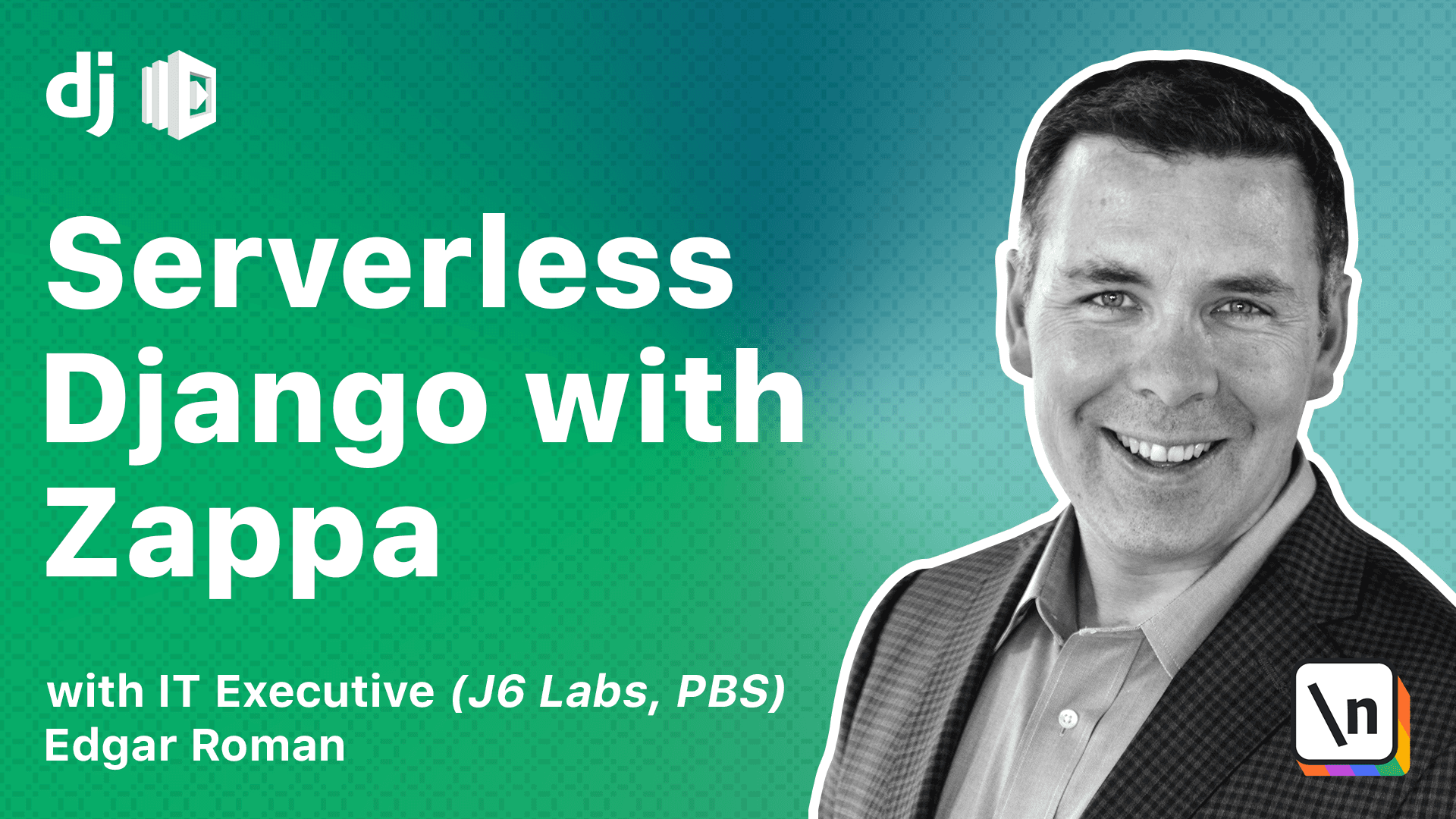Activating the Environment
How to get your local system ready
This lesson preview is part of the Serverless Django with Zappa course and can be unlocked immediately with a \newline Pro subscription or a single-time purchase. Already have access to this course? Log in here.
Get unlimited access to Serverless Django with Zappa, plus 80+ \newline books, guides and courses with the \newline Pro subscription.

[00:00 - 00:20] Okay, folks, I just wanted to emphasize one more time how important it will be to activate the environment that we've set up for all the lessons in this course. So let's just review what we have to do to get ready to run any of these lessons in the course.
[00:21 - 00:30] First, we have to make sure we're in the right directory. And then you'd like to source Zappashell.
[00:31 - 00:52] This is going to fire up Docker and start our custom Docker image and put us into an instance of that custom Docker image. And then you want to make sure you activate your virtual environment.
[00:53 - 01:02] Now you should see the prompt just like you're showing here. parentheses, V E and parentheses, space Zappashell, greater than sign.
[01:03 - 01:11] So this is now your operating prompt. You're ready to go to start running Zappa commands and the rest of these lessons.